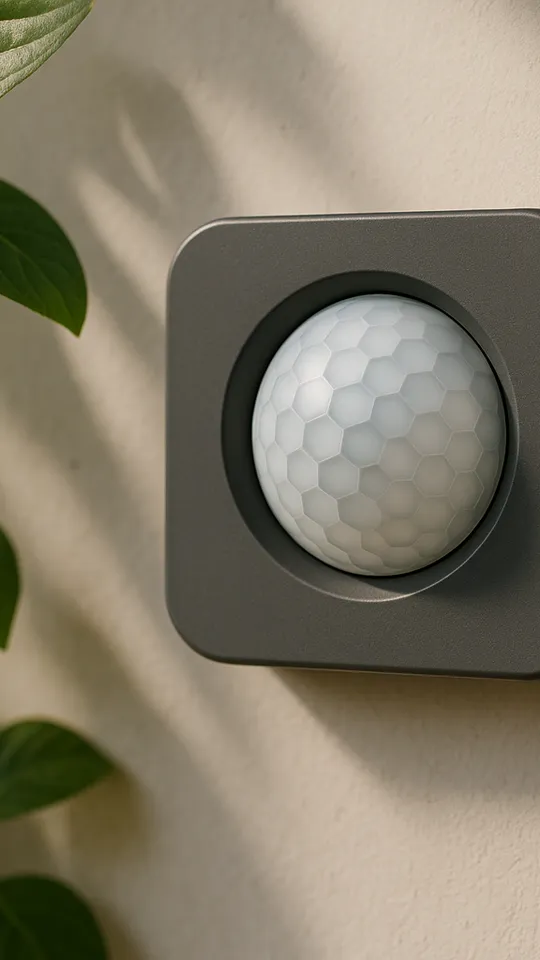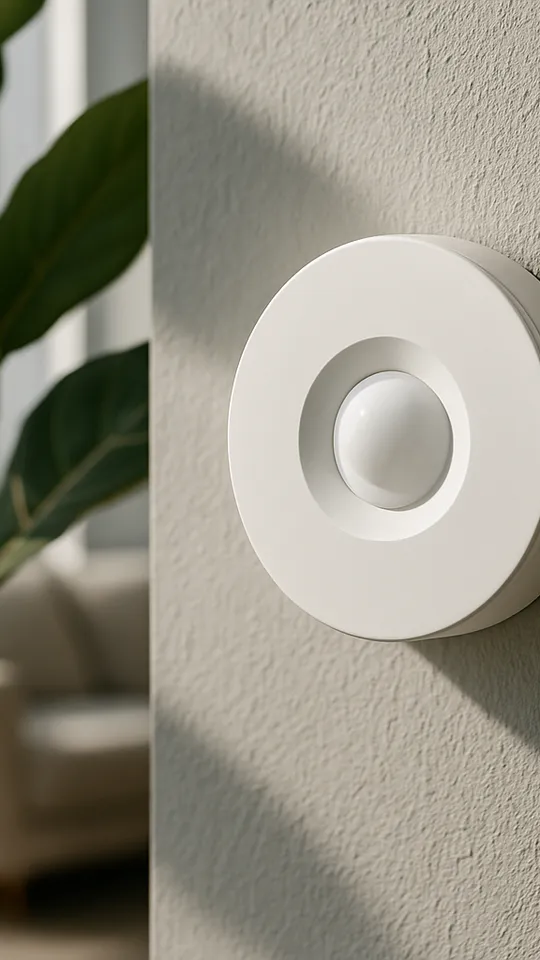What Makes Next-Gen Presence Sensors Special?
Imagine a world where your home responds not just to motion, but to your very presence—accurately distinguishing between you, your cat, and the laundry basket. Enter the next generation of presence sensors, like Aqara's FP300. These devices employ mmWave radar and PIR technology to create a nuanced map of who or what is in your space. Gone are the days of waving at a motion sensor in frustration. These sensors promise precise automation, aligning your home's actions perfectly with your actual needs.
How Do They Enhance Smart Home Ecosystems?
Unlike traditional motion sensors, which can be as misleading as a tabloid headline, next-gen presence sensors offer precision and context-awareness. Integrating seamlessly with Matter and Apple Home ecosystems, they allow for smarter lighting, climate control, and security. Imagine your living room lights dimming as you cozy up with a book, or your thermostat adjusting as you move from room to room—all without lifting a finger. These capabilities not only enhance convenience but also optimize energy efficiency, addressing both comfort and sustainability concerns.
Are They Worth the Investment?
The idea of investing in advanced sensors might sound daunting—after all, do you really need your home to know the difference between you and your Shih Tzu? However, these sensors prove their worth with a battery life of 2-3 years, ensuring long-term reliability. Plus, the precision mapping they offer can lead to significant energy savings and enhanced security features. As technology evolves, the smart home is no longer just about convenience; it's about creating an environment that truly caters to your lifestyle and habits.

What’s the Takeaway for Homeowners?
In a nutshell, next-gen presence sensors are more than just a fancy upgrade—they represent a pivotal shift in how smart homes operate. By integrating these advanced devices, homeowners can experience an environment that adapts dynamically and intelligently to their presence. As we step into 2025, the question isn't whether you should adopt these sensors, but rather how soon you can start enjoying the seamless integration and enhanced living they offer. The future is here, and it's smart, precise, and remarkably intuitive.
